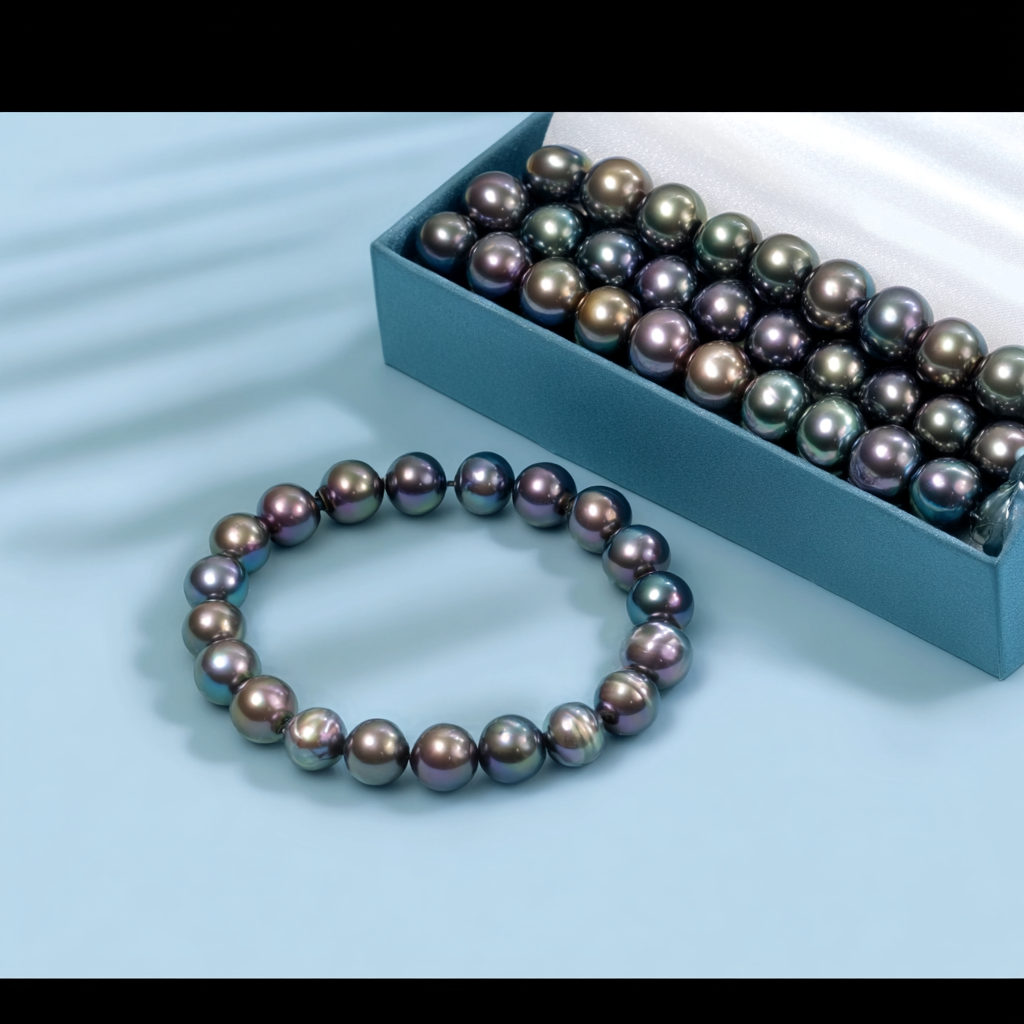Article: What Makes a Pearl Expensive?

What Makes a Pearl Expensive?
7 Factors that Affect Pearls Value
Nowadays, Pearls has become a popular trend around the world, from the most affordable pearl jewelry to the most expenvise jewelry.
So what makes them expensive?
Here are several key factors that influence a pearl's value:
1. Luster:
Luster refers to the intensity of light reflected from a pearl's surface. As a diamond, the sharper and more brilliant the reflection, the higher the luster, and the more valuable the pearl. A high-luster pearl appears to glow from within, and it is highly visible by naked-eyes.
2. Surface Quality: Grade
Cultured pearls are naturally produced, so anything that nature produces, also comes with their own defaults, such as blemishes that can be referred as imperfections on a pearl's surface detract from its value. The smoother and cleaner the surface, the more expensive the pearl. Minor blemishes are common, but significant imperfections can greatly reduce a pearl's price.
3. Shape: Round
Perfectly round pearls are the most valuable. Other shapes, such as oval, drop, or baroque (irregular), can also be desirable, especially in contemporary jewelry, but round pearls typically command higher prices as they can offer a wider choice of options for designers.
4. Size: Bigger is Often Better
Larger pearls are generally more valuable than smaller ones, all other factors being equal. This is because larger pearls are rarer and require more time and resources to cultivate.
5. Nacre Thickness:
Nacre is the iridescent material that forms the layers of a pearl. Thicker nacre produces a deeper luster and a more durable pearl, increasing its value. Thin nacre can result in a dull appearance and a higher risk of chipping or peeling.
6. Origin and Type:
The type of pearl and its origin also play a significant role in determining its price. South Sea pearls, known for their large size and warm luster, are among the most expensive. Akoya pearls, prized for their roundness and bright shine, are also highly valued. Tahitian pearls, with their exotic dark colors, and Freshwater pearls, offering a wide range of colors and shapes at more accessible prices, complete the spectrum.
7. Matching: Creating Harmony
In a strand of pearls, the uniformity of size, shape, color, and luster among individual pearls significantly impacts the overall value. A well-matched strand commands a higher price than one with noticeable variations, as it takes a lot of time and experiences to find the perfect harmoney.
Several factors contribute to the cost of a pearl, creating a complex interplay that determines its ultimate value. These key elements include the pearl's luster, its shape, size, and color, the thickness of its nacre, and finally, its geographical origin. Each of these characteristics plays a significant role in establishing a pearl's rarity and desirability, and therefore, its price.


Leave a comment
This site is protected by hCaptcha and the hCaptcha Privacy Policy and Terms of Service apply.